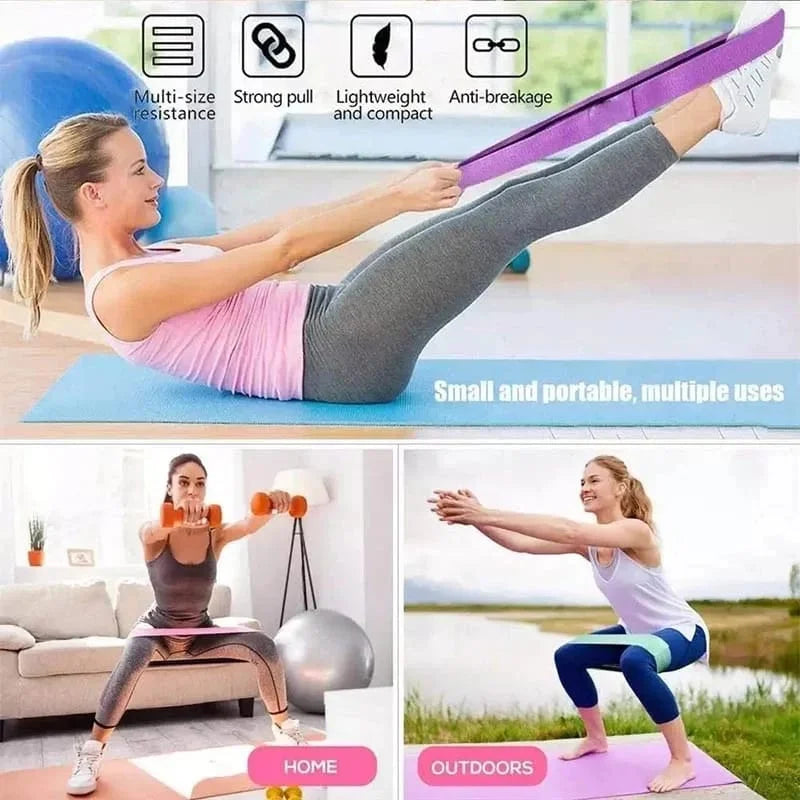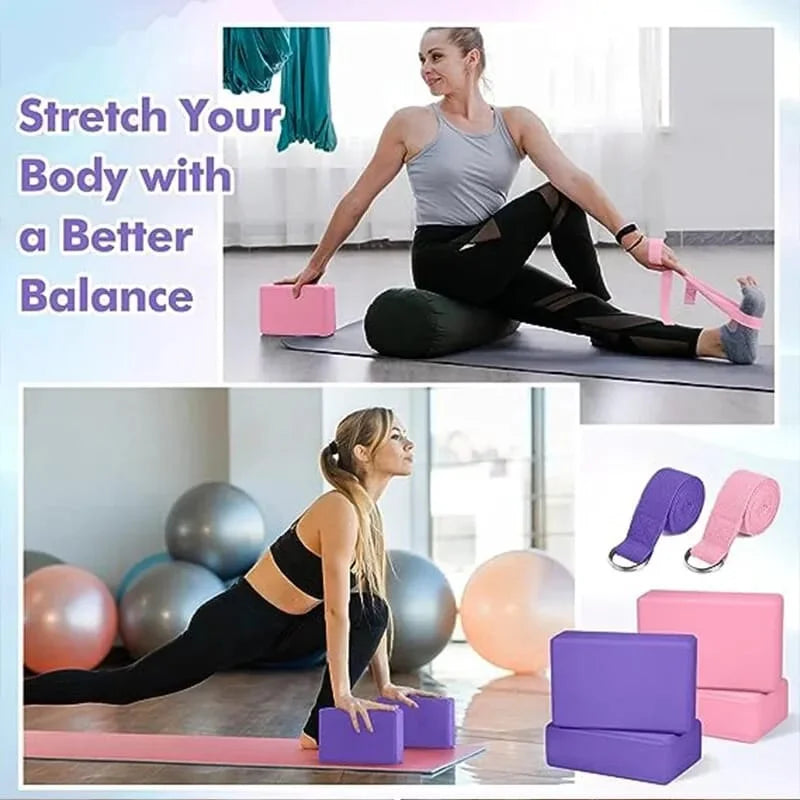The best training for yoga instructors is one that provides a comprehensive and well-rounded education in yoga philosophy, anatomy, teaching methodology, and practical experience. Here are some key factors to consider when choosing a yoga teacher training program:
-
Yoga Alliance Certification: Look for a teacher training program that is accredited by Yoga Alliance, the largest international governing body for yoga teachers and schools. Yoga Alliance sets standards for teacher training programs, including minimum curriculum requirements and hours of study, to ensure that graduates are well-prepared to teach yoga safely and effectively.
-
Experienced and Knowledgeable Instructors: Seek out programs led by experienced and knowledgeable yoga instructors who have a deep understanding of yoga philosophy, anatomy, alignment, and teaching methodology. Look for instructors who are passionate about sharing their wisdom and expertise and who create a supportive and nurturing learning environment for their students.
-
Curriculum and Course Content: Review the curriculum and course content of the teacher training program to ensure that it covers a wide range of topics relevant to teaching yoga, including yoga philosophy, anatomy and physiology, teaching methodology, sequencing, hands-on adjustments, and ethics. Look for programs that offer a balanced mix of theory, practice, and experiential learning.
-
Practical Teaching Experience: Choose a teacher training program that provides ample opportunities for practical teaching experience, including practice teaching sessions, observation, feedback, and mentorship from experienced instructors. Hands-on teaching experience is essential for building confidence, refining teaching skills, and preparing for a career as a yoga instructor.
-
Class Size and Student-to-Teacher Ratio: Consider the class size and student-to-teacher ratio of the teacher training program, as smaller class sizes often allow for more personalized attention, feedback, and interaction with instructors. Look for programs that prioritize individualized instruction and support to help you thrive as a student and future yoga teacher.
-
Location and Format: Decide whether you prefer to attend a teacher training program locally or travel to a destination training program. Consider the format of the program, whether it's an intensive residential program, weekend intensives, or part-time programs spread out over several months, and choose one that fits your schedule, learning style, and personal preferences.
-
Cost and Financial Considerations: Evaluate the cost of the teacher training program, including tuition, materials, and any additional expenses such as travel and accommodations. Compare the cost of different programs and consider any financial aid, scholarships, or payment plans that may be available to help offset the cost of tuition.
-
Reviews and Testimonials: Read reviews and testimonials from past students of the teacher training program to get a sense of their experiences, satisfaction with the program, and whether it met their expectations. Personal recommendations and word-of-mouth referrals can also be helpful in finding a quality teacher training program.
Ultimately, the best training for yoga instructors is one that aligns with your goals, interests, and values, and provides you with the knowledge, skills, and confidence to teach yoga safely and effectively. Take the time to research and explore different teacher training programs, visit studios, and connect with instructors to find the right fit for your yoga journey.








